An interview with Santiago Casado
Posted by Mariana De Niz, on 15 August 2023
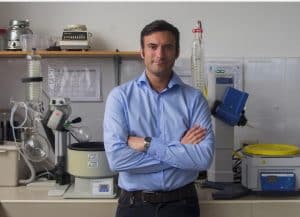
MiniBio: Dr. Santiago Casado is a Chemical Physicist currently working as a Deputy division leader at the Facultad de Ciencia e Ingeniería en Alimentos y Biotecnología Research Department at Universidad Técnica de Ambato, in Ecuador. Dr. Casado studied his undergraduate degree in Physics in Universidad de Cantabria, in Santander, Spain. He then studied his PhD in Chemical Physics at Universidad Complutense de Madrid in Spain. During this time, his thesis focused on understanding the thermodynamic properties of substances subjected to very high pressures (in the order of the megabar). Later on in his career, Dr. Casado worked at IMDEA Nanociencia, an institute devoted to enhancing nanoscience and nanotechnology fields, where he gained skills using the Atomic Force Microscopy (AFM). In 2019, trying to expand his knowledge by combining the AFM technique to many different and eclectic topics, he moved to Ecuador, to a Food and Biotechnology Department belonging an AFM. His expertise spans multiple disciplines and projects, with numerous collaborations worldwide.
What inspired you to become a scientist?
I have been always a very curious child – I wanted to know how things worked. I used to open up toys to see how they worked from the inside, and then of course, I couldn’t put all the pieces back together…
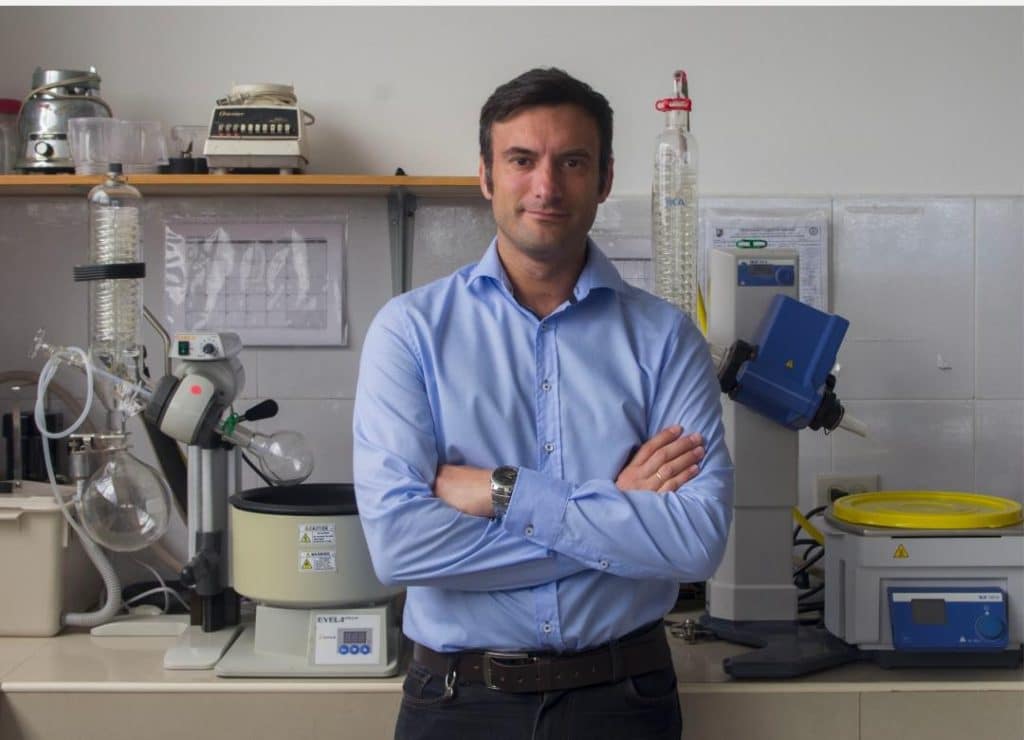
You have a career-long involvement in Chemical Physics, quantum chemistry, and microscopy. Can you tell us a bit about what inspired you to choose this path?
Well, I first studied Physics, later I studied a PhD degree in Chemical Physics, then I moved to nanoscience and there I keep learning from plenty of different subjects… One thing leads to another, I guess. Chemical Physics is mostly based on Quantum Mechanics, and this field is hided everywhere. But I didn’t focus on the more theoretical aspect of Quantum Chemistry, which would have been the more conventional path. Indeed, my thesis focused on thermodynamics at high pressure (above 10 GPa – like the pressure inside some planets), conditions at which squeezed materials present curious properties that could be partly explained by Quantum Chemistry. We know the thermodynamic characteristics of many substances (such as water or ethanol) at room temperature and pressure, but we don’t really know their behavior when we subject them to such enormous pressures. On the other hand, I’ve always been attracted to Optics – and the processes we use to analyze substances subjected to very high pressures consist in putting the substance between two anvils of polished diamonds. Pressure is the result of force divided by surface, therefore if one is not super-ultra-strong, one probably considers the possibility of reducing the surface. Without a huge amount of force, we can achieve very high pressure if the surface is very small. So the tricky part in my thesis was to study what was going on in a very tiny piece of material when being squeezed between the anvils. A way to analyze what’s happening in between those anvils, is to use optics: to send a ray of light through them and then use interferometry for analysis. Interaction of light with the substance, reverberating between the anvils, provides information about the material (less than 1µm diameter) at high pressure. Exploring very small samples probably pushed me to a different field: for more than 15 years I have been working on atomic force microscopy (AFM). I then spent a lot of time in a research institute dedicated to nanoscience and nanotechnology. Despite the availability of commercial equipment, AFM technique is still a very home-made/tricky technique which needs significant tweaking. From things that are not so obvious one has to interpret what could be occurring at the nanoscale, and I find this fascinating. Once experience provides the skills required to understand what could be going on during a nanoscopic sample scan, discovering or manipulating properties beyond the known limits is fascinating (although quite difficult as well). We’ve discovered many things with AFM that would otherwise be very difficult to study. Collaborating with plenty of researchers from many different backgrounds probably challenged me to continue trying to insert this technique into other areas mostly unexplored by it, which lead me to Ecuador. After joining as a PI, I’m now research coordinator. I’ve been in Ecuador for 4 years – I got here in 2019.
Can you tell us a bit about your day-to-day work as research coordinator at Universidad Técnica de Ambato?
I hold a Coordinator or Manager position overseeing and helping all research being done at the Department. It allows me to help researchers, figuring out what they want to do, and facilitating bridges within the School or among other administrative areas, as required. I find it very rewarding to be able to help researchers and their groups of course. Transition from being at the bench to management lets you know another point of view, which opens your mind. I’ve felt very welcome here and I’m happy to be here.
Did you have many opportunities to interact with other Latin American groups, outside of Ecuador?
I’ve been able to work with some groups but not many. Ever since I arrived here, my position has been really more directed towards Manager duties, concerned to internal affairs within the same department or inter-Schools. While I have collaborated with other groups outside the University, I haven’t had yet the opportunity to collaborate with many foreign groups from elsewhere inside Latin America. But I do think that better networks in Latin America are essential. Even a database showcasing what equipment and what expertise is available in the region would come a long way. Sometimes, how I’ve found out about this is through the vendors, who tell me who has what equipment, and where they are located. So, I think the type of work you’re doing is very valuable to help us network and foster collaborations.
Who are your scientific role models (Ecuadorian or foreign)?
There have been many researchers who have influenced my career, in a very significant way. Instead of listing names, I think I’ll list attitudes and characteristics that I admire. I’ve met a few very renowned people, and there are two things common to all of them that impressed me a lot. First, a) their curiosity: they didn’t consider any question irrelevant – one would think that the more advanced you are as a scientist, the less open you are to answer basic scientific questions – but perhaps it is just the other way around. In their case, they were still keen to answer these basic (apparently silly) questions. And, perhaps related, b) their humility and effort. While they manage multi-million-euro/dollar projects, they still collaborate with others in a very humble manner. This goes against any notion that someone with this level of achievement would be extremely arrogant. The scientists I am referring to, showed me the total opposite- they were down-to-earth. I think this is an important trait.
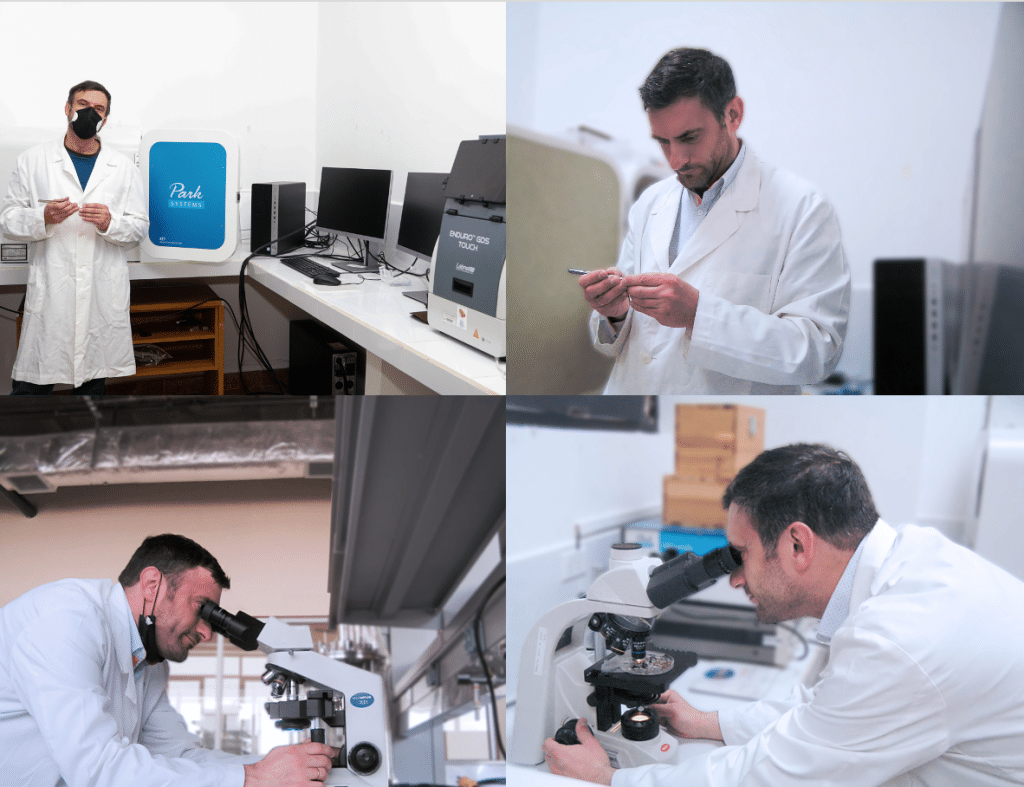
What is your opinion on gender balance in Ecuador, given current initiatives in the country to address this important issue. How has this impacted your career?
I value meritocracy – the value of someone is in their achievements, not their gender. As an editor for example, I don’t even pay attention to the name. I care about the effort and the ideas. What I’ve always done, and hope to continue doing, is this: to focus on the person, their achievements, and their humility. In Ecuador, in my experience, could be not enough equity between genders outside of the University. However, within this Ecuadorian University, for example, the University’s vice-Dean, the leader of the University’s Research Department, my School’s Dean, and other positions of leadership, are currently occupied by women. So, even if there might be not a complete gender balance outside, what I have experienced inside the University could be considered as a sign of a shift in this particular mentality. In any case, I think we should strive for justice regardless of gender – we should avoid discriminating against either side. If a person deserves a position based on his or her capabilities, he or she should be welcomed to contribute to the team, end of the story, nothing else should matter.
Have you faced any challenges as a foreigner in Ecuador, or if you have worked outside Ecuador?
I am Spanish. During my career, I worked in the USA and in Germany, and I never felt discriminated against in either place at my jobs. I saw meritocracies in both places, which is something I agree with, so we clicked. Outside the University though, in the USA, I felt somehow discriminated against on the basis of language – not on a personal basis, but rather in impersonal situations like when you go to the bank or some other institution and they asked for a Spanish-speaker to attend me just because of my appearance, but this was of no importance to me. Here in Ecuador it’s an interesting situation: when I go to the marketplace I have sometimes needed help to avoid scams due to my accent. In terms of bureaucracies, it’s similar to the one we find in Spain, so it’s not a big surprise.
What is your favourite type of imaging and why?
AFM! I can’t say anything else – this is what I have worked with for a long time. It’s trickier than it seems. All the companies that sell the AFMs tell you that you just have to click here and there to get your results, but it’s never true! You have to change to manual mode and really understand your instrument to be able to do what you need to do in the context of your research. This cannot be learned in one day, or one month or even one year. It requires years of experience. I think the potential of AFM is enormous, and its advantage for Biology is that you don’t need to metallize or put your sample down to vacuum – you can use it on living samples, for instance. This capacity to see biological samples at the nanoscale without the need to alter the sample or even introduce fluorophores, is really uncommon. I think there is still a long way to go in terms of what AFM can explore.
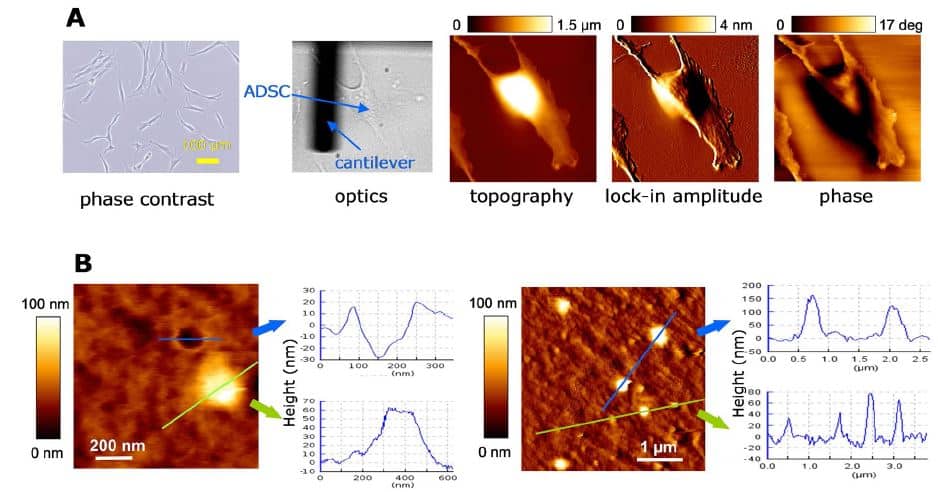
What is the most extraordinary thing you have seen by microscopy? An eureka moment for you?
I’ve seen many! One is seeing exosome release from human cells. We did another study, positioning the cell in a nanostructure and saw that their filopodia follow preferential directions. In Chemistry, you can see chemical reactions of a single molecule, you can see inter-atomic connections of a molecule, and how they change through time. Basically, anytime a measurement seems impossible using the AFM, and repeating different tries apparently confirms it, but at the “very last attempt” it definitely succeeds, is a splendorous moment, an “eureka” one I would say. There are plenty of them.
What is an important piece of advice you would give to future Ecuadorian scientists? and especially those specializing as microscopists?
Don’t give up. Here I see many people who don’t dare to continue working in research because they think it’s an impossible career, especially in a developing country. I don’t think it’s as bad as people think it is though. In many European countries, similar challenges are faced – without your own grants you cannot do research, and here in Ecuador the institution can give you money to carry out your research. I think even if the resources are not plentiful, you can still do significant amounts of work. My other piece of advice is to never lose your curiosity. Keep asking questions and generating ideas that you can address experimentally. And my last advice, as we have discussed before, is keep humble. Science is a long road – it requires a lot of constant work and determination. I think anyone who sets their mind to it can achieve many things, regardless of whether this is in the USA, in China, or in Ecuador.
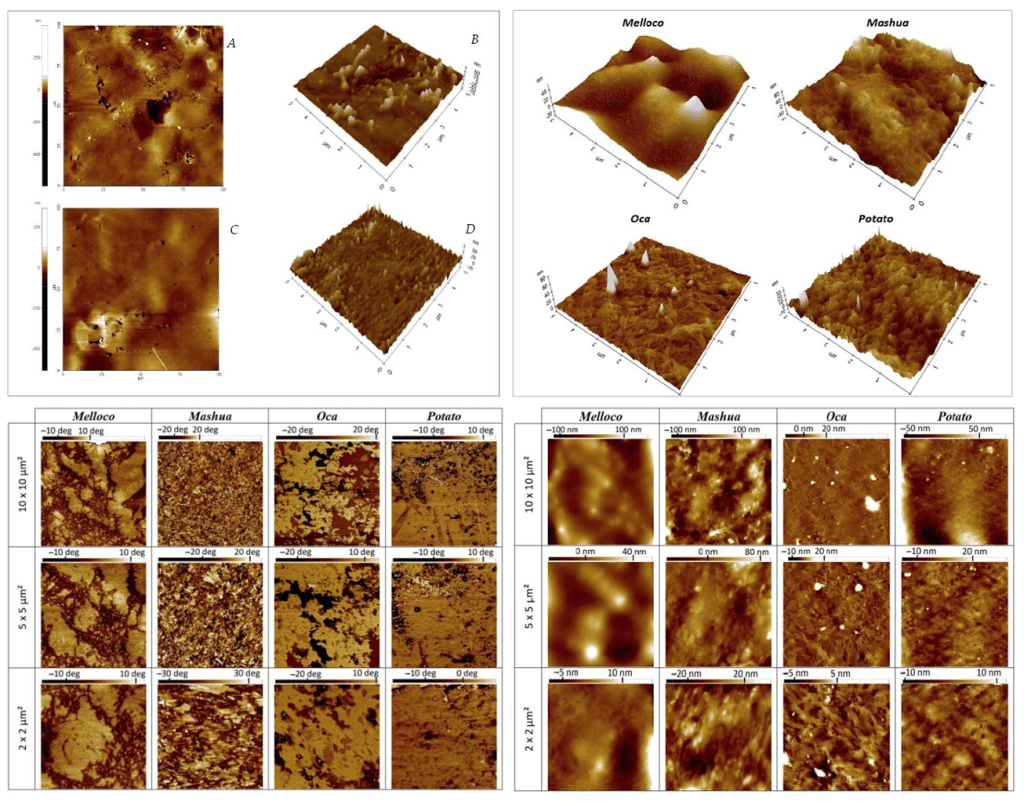
Where do you see the future of science and microscopy heading over the next decade in Ecuador, and how do you hope to be part of this future?
I think when you can’t compete with other countries (for example I would love to go to the Moon and do an experiment with AFM there), do something unique. You don’t need to go to the Moon. Collaborate with people who have very unique experience. The more different from yours, the better. From this interdisciplinary collaborations, very exciting work can come out. So think out of the box and collaborate beyond your expertise. AFM allows collaboration with many fields of research, and it is complementary and even hybrid with other characterization methods. This is not just true for Ecuador but for the world in general.
Beyond science, what do you think makes Ecuador a special place to visit?
Weather is amazing – it’s more similar to my native city, in Cantabria, Spain. It’s like being in spring all year long. Beyond this, the culture is not very different. While I would be able to adapt to different cultures, I didn’t need to here in Ecuador. They’re very similar cultures so I feel very happy here. And the country is truly beautiful – it looks like a world’s theme park, according to its amazing scenarios, and definitely worth visiting.


 (1 votes, average: 1.00 out of 1)
(1 votes, average: 1.00 out of 1)
